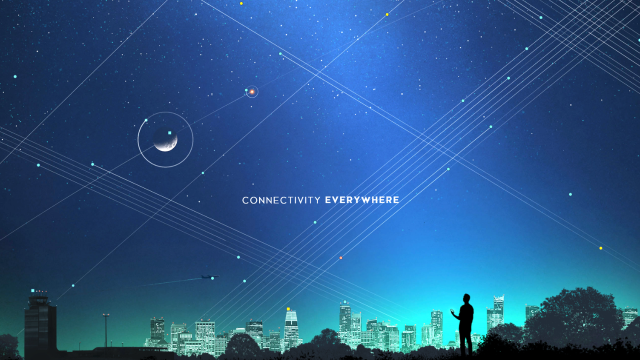Google’s balloon-focused internet delivery service died so that Aalyria’s space laser Wi-Fi could live.
The plan to deliver internet to the corners of the globe unable to access a Wi-Fi signal is a long shot, to be sure, but the plan to do so with balloons (through subsidiary Loon) was ill-fated and deflated by Google last year.
Now, as CNBC reports, Aalyria is using much of the same tech that Google would have used to deliver the same promise with Loon. The difference? Space lasers, baby.
Aalyria is a spinout from the search engine giant (Google has a minority stake in the company), made up of Google R&D veterans, tech from the Loon project (such as Loon software repurposed as cloud-based systems) and laser-based networking equipment.
“Aalyria is creating, organising and managing the world’s most advanced networks to enable connectivity everywhere at the speed of discovery,” the official website reads.
“Aalyria brings together two technologies originally developed at Alphabet as part of its wireless connectivity efforts: atmospheric laser communications technology and a software platform for orchestrating networks across land, sea, air, space and beyond. It is backed by leading Silicon Valley investors including the founders of Accel, J2 Ventures and Housatonic.”
Honestly, Aalyria, you had me at internet space lasers.
Aalyria’s work is comprised of two main components. The first is dubbed the “Spacetime” network orchestration software platform. This involves a bunch of interconnected radio frequences, beaming to each other across stations on land, on the sea and in space, to deliver a mesh-like network around the Earth.

The other tech being developed by Aalyria is “tightbeam”, which keeps data packages intact as they travel through the atmosphere and weather.
These are the lasers. Supposedly these lasers will radically improve “satellite communications, Wi-Fi on planes and ships, and cellular connectivity everywhere,” according to the official website.
When will this kind of technology be commercially available? Probably not anytime soon, as the website shows no indication of selling to the public.
It does, however, sound a bit like Starlink (minus the low orbit satellites) and it does have a few contractors, including the U.S. Spaceforce.
Anyway, you can take a browse of the website in your own time.
